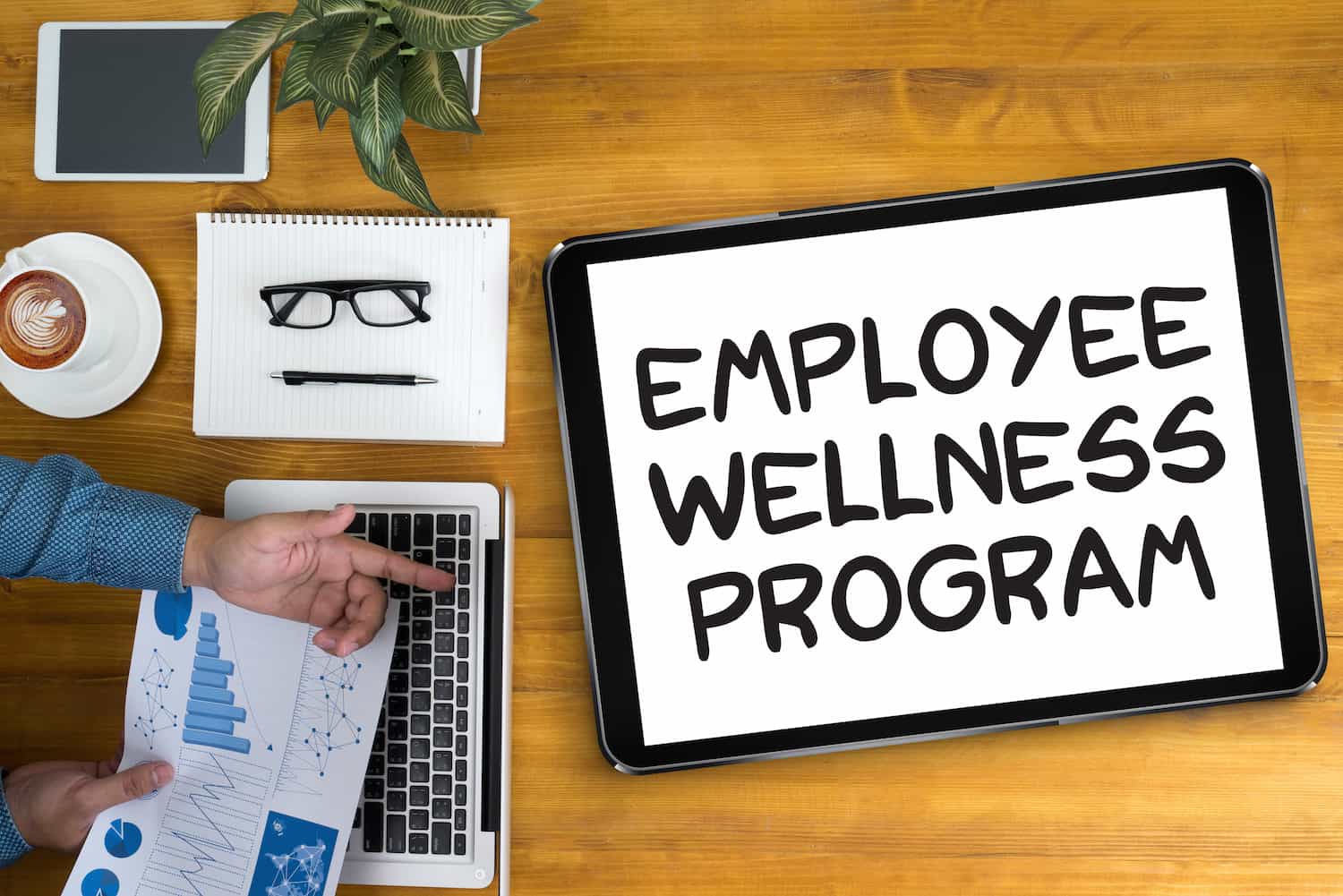
Think about the last time you were at a job interview, either as the interviewee or interviewer. One subject that was likely discussed was benefits, and the employer probably advised that the company offers group health coverage.
While important, health insurance is often the limit when it comes to the idea of workplace wellness.
Fortunately, it is becoming more widely recognized that personal wellbeing is not just a factor of taking initiative on formal preventative care. Nor is it solely a matter of our success in avoiding the flu or any of what USA Today reports as being the top seven serious health issues that Americans face.
“We are increasingly aware that wellness includes our mental health – just as equally as our physical, and is affected as much by our environment and with whom we interact as it is our own individual tendencies.”
It is not enough to implement a wellness or well-being program without also attending to the health-related influences of the larger context. Revise Sociology calculatesthat the employed spend on average around one-third of their waking hours at their place of work over a 50-year work life, so it is logical that addressing the broader issue and intricacy of wellness would take root at the office.
Not only is doing so in the best interest of all employed, but in that of the company as well – a recent Warwick study correlates the notion that healthy and happy employees are essential to the achievement of corporate goals.
“When “I” is replaced with “we”, even “illness” becomes “wellness”.”
— Malcolm X
Workplace wellness initiatives that thus understand the importance of their role and evolve to consider all aspects of health and wellbeing are ultimately ahead of the game – not just among competitors, but in management of human capital.
So What Specifically Defines Workplace Wellness, If Not Offering Health Insurance Alone?
The exact answer, of course, will vary based on each company’s unique structure and means of operation. However, as a start, ten key areas to assess and strive for – whether through targeted inclusionary programs, incentives or subtle shifts in daily management – are:
- Collaboration – A workplace culture favoring collaboration over competition
- Encouragement – Proactively promoting individual growth through specific opportunities and constructive feedback
- Positivity – Conveying optimism and excitement about the work at han
- Realism – Realistic workloads and goal-setting, with achievable deadlines and results that take into account input from all involved and setup for success rather than failure
- Support – Engaged role models and options for mentoring
- Trust – Approachability by ensuring confidentiality
- Honesty – Transparency and information-sharing
- Adaptation – Allowing for flexibility in how each individual works
- Less Stress – Identifying causes of work-related stress and intentionally mitigating them
- Uplifting Environment – Having bright and inspiring physical workspaces
These topics only sratch the surface of critical areas within the workplace that have the power to transform both employees and companies into supremely healthy – and thus effective – resources.
Follow this blog to continue to learn more about workplace wellness as we elaborate on the above concepts and many others.
[i] Edington, Ph.D., Dee, and Pitts, Ph.D., Jennifer. “How to Extend the Value of Your Health and Wellness Programs.” http://www.corporatewellnessmagazine.com/economics/extend-value-health-wellness-programs/
This post on workplace wellness is by Jessica Yubas. Jessica transitioned to a location independent lifestyle after working in design and management in New York City for years. She now works remotely as a digital nomad, and is passionate about this lifestyle as the future of work. She cares deeply about all things related to personal wellness and workplace reform, especially in regards to work-life balance, quality of life and cultivating positive professional culture. You can follow her at Capa Consulting Group’sblog, on Instagram and LinkedIn.
